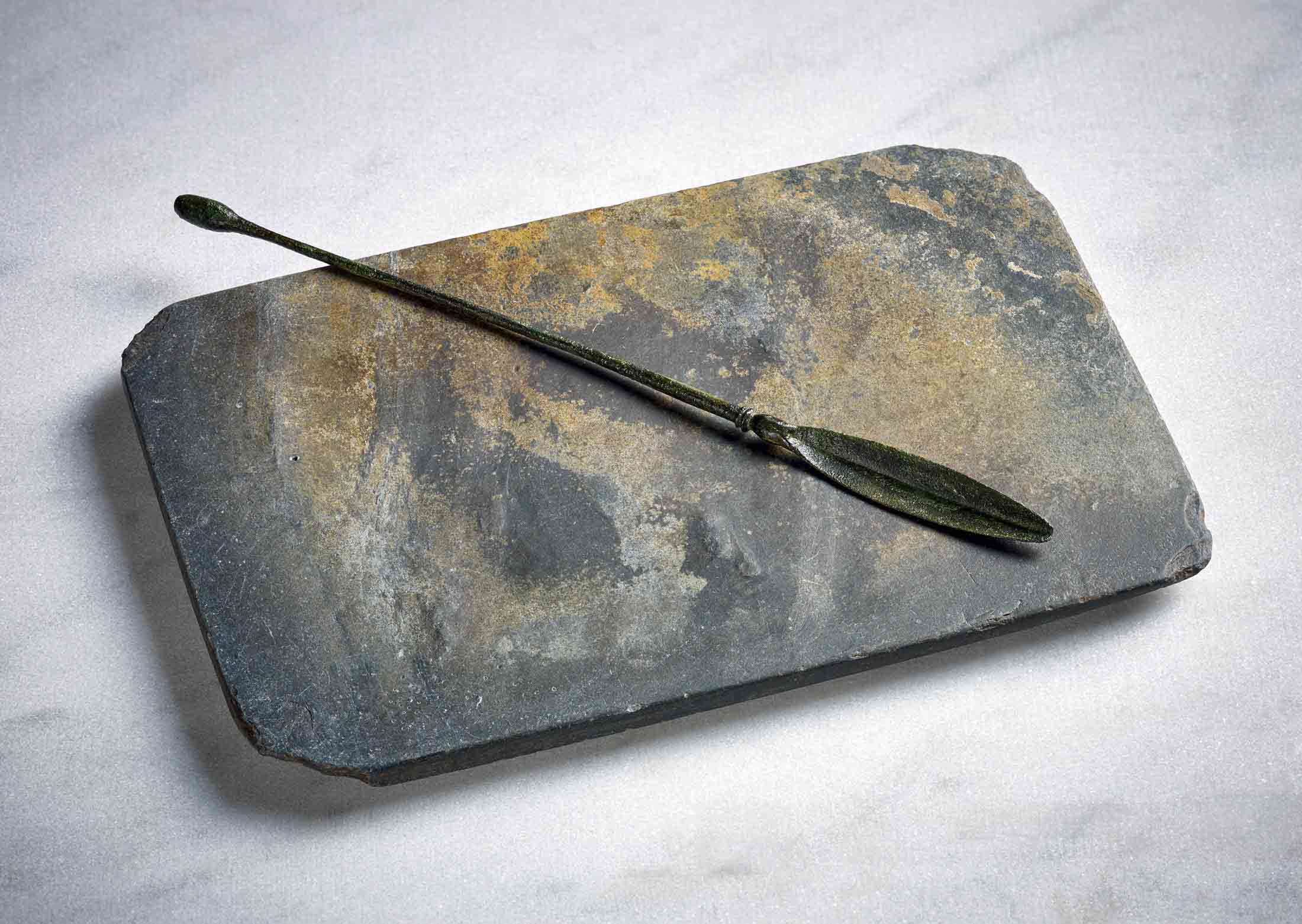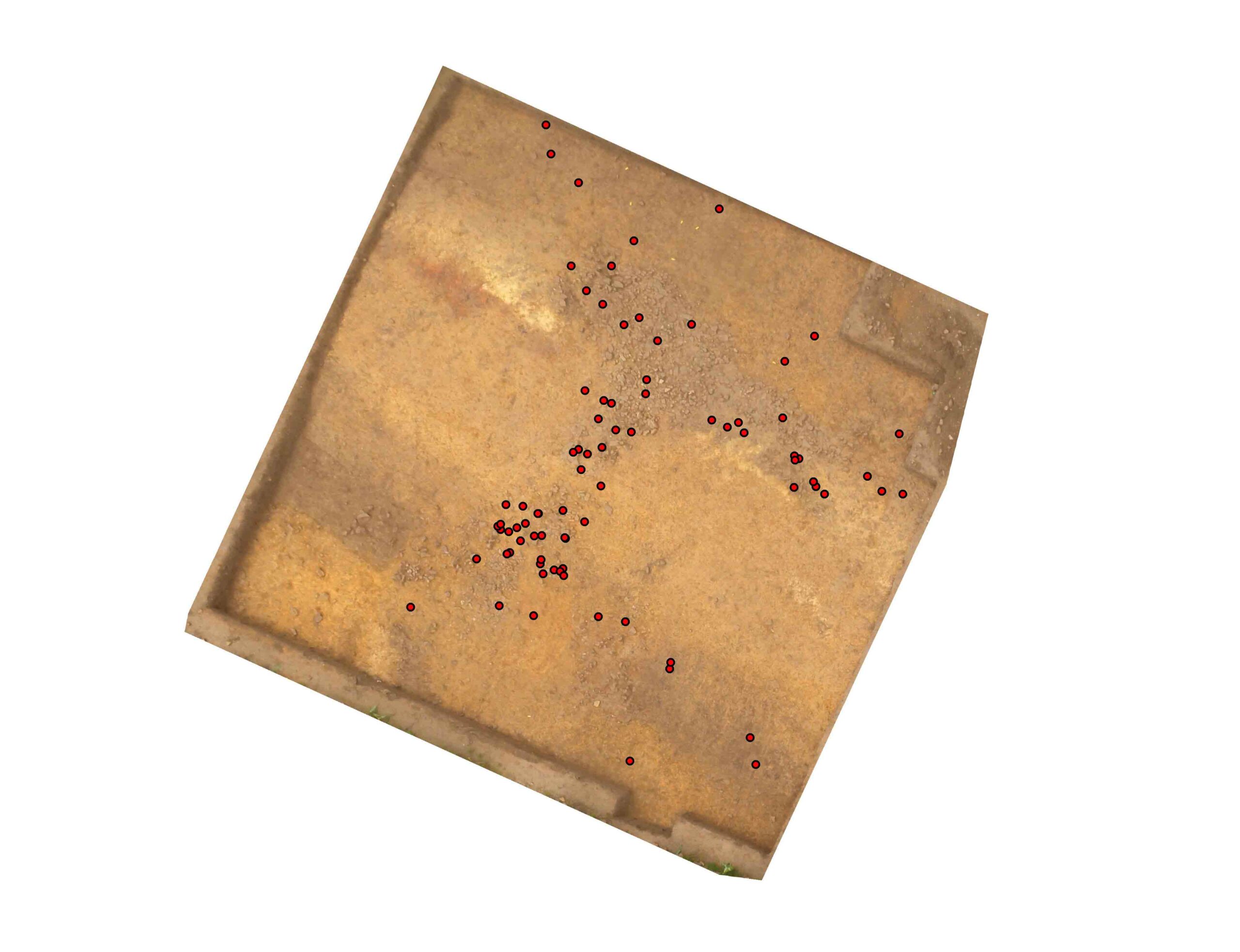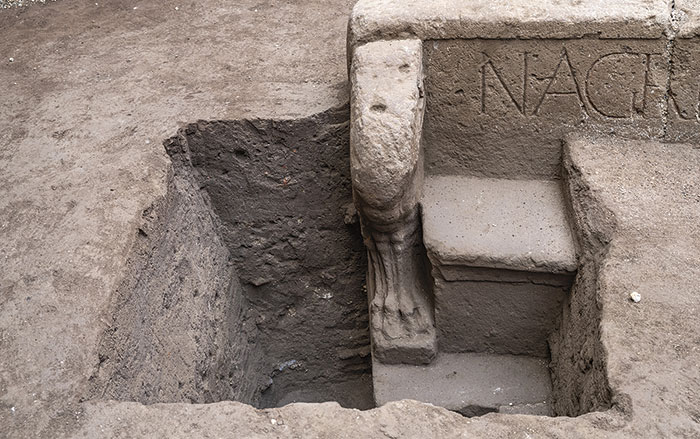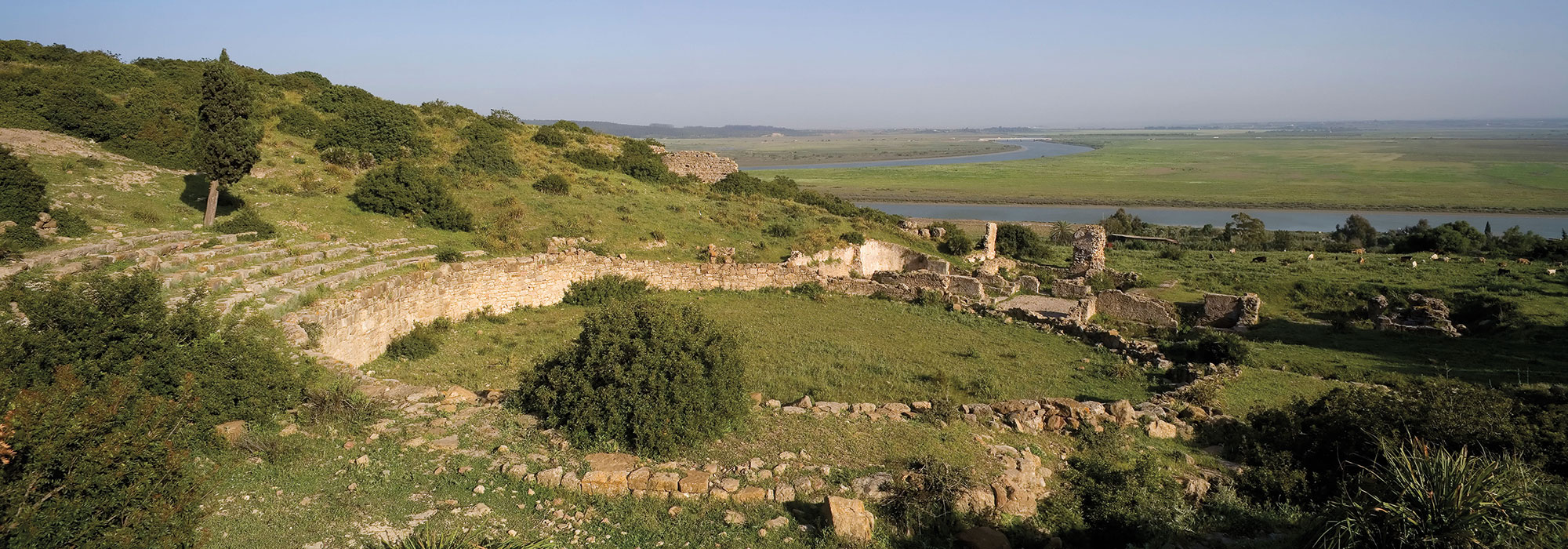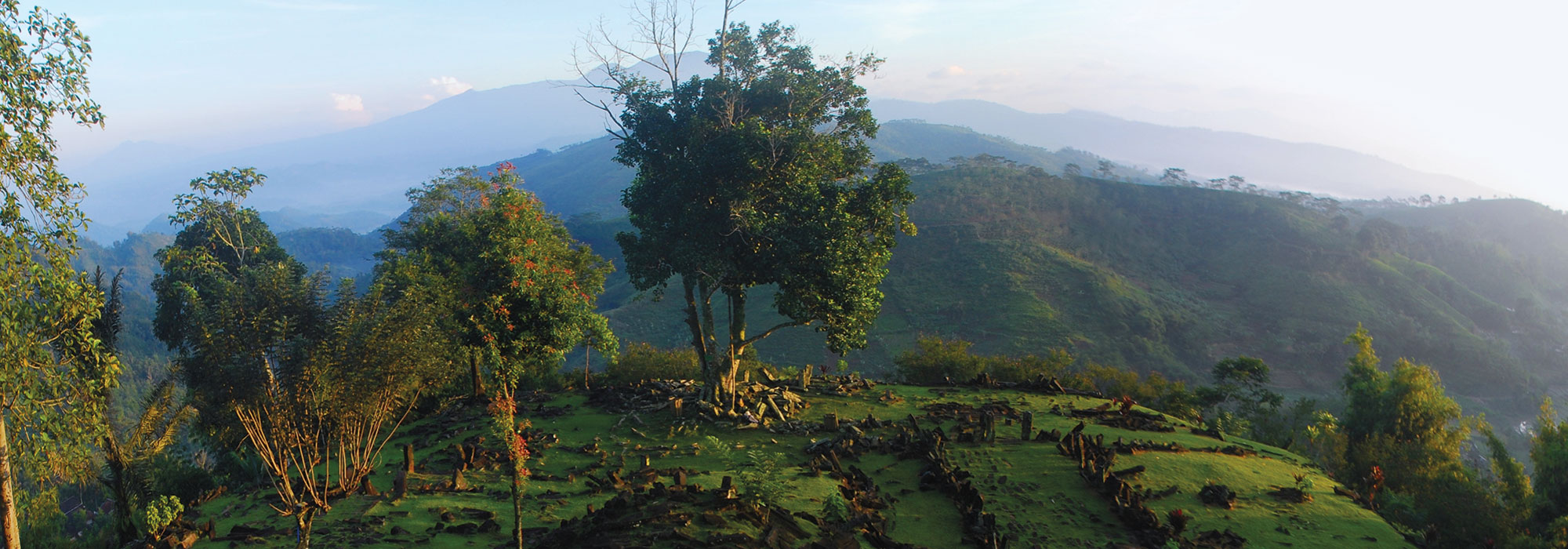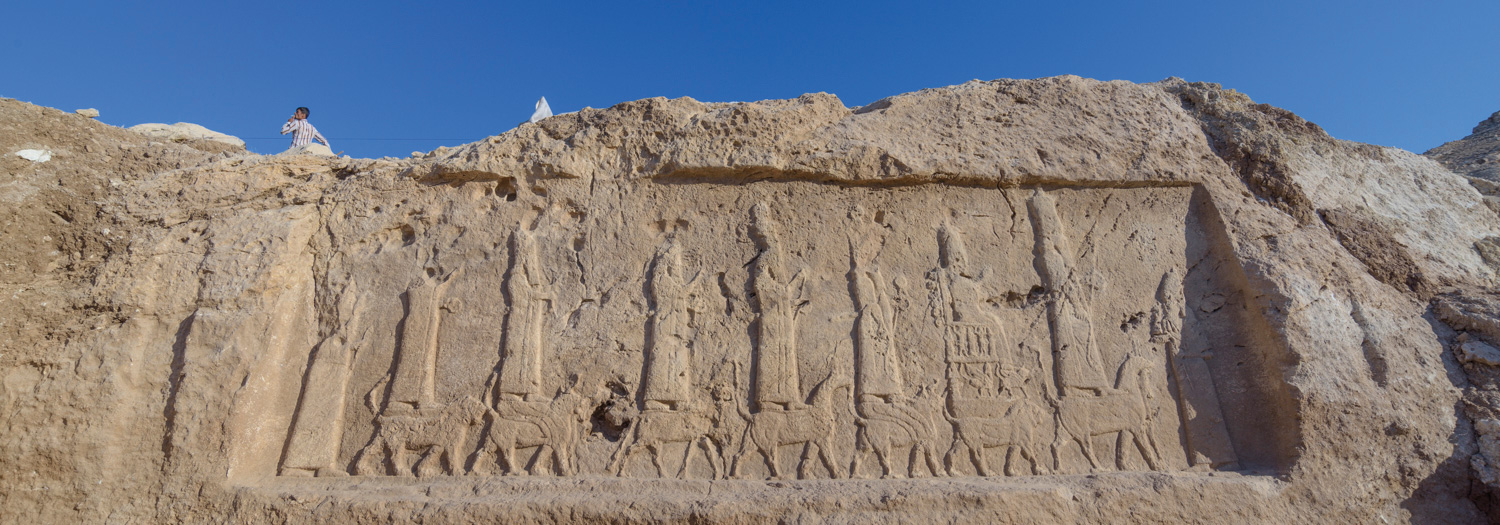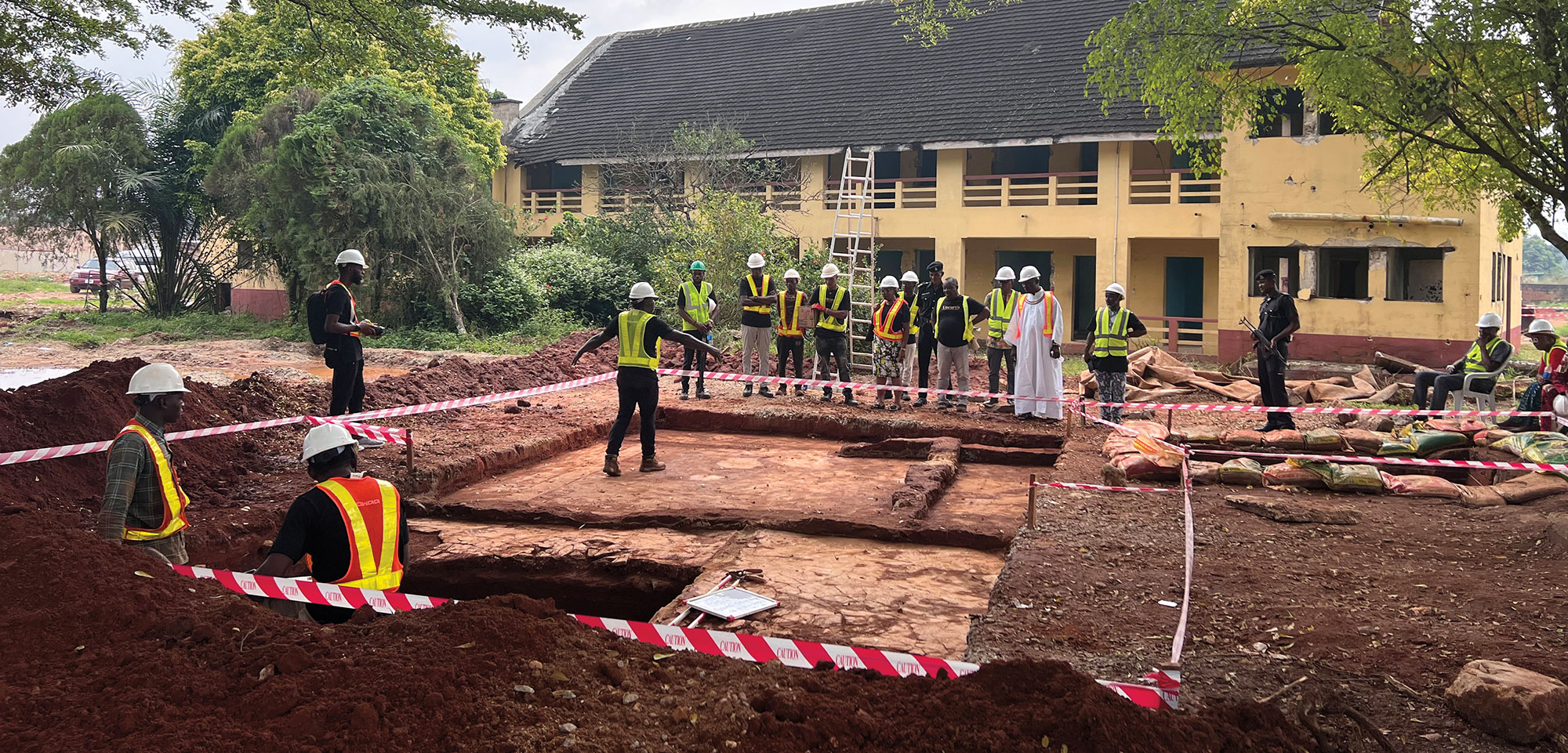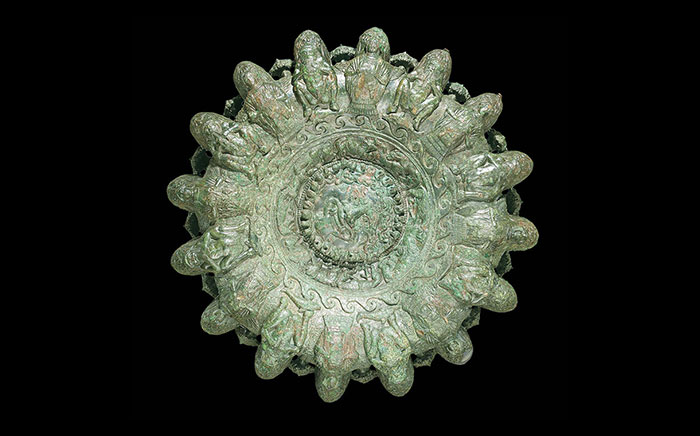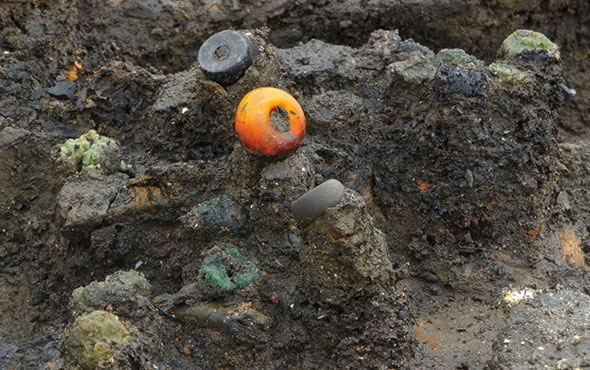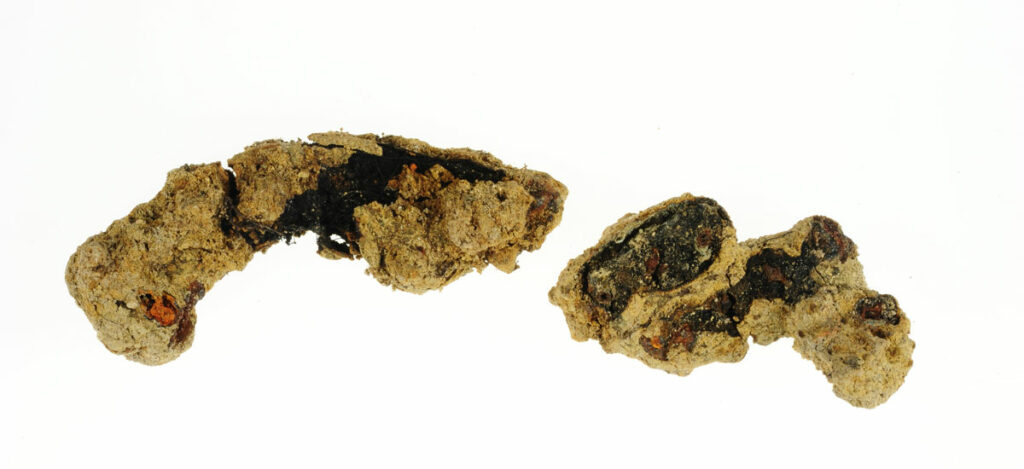
OBERSTIMM, GERMANY—The remains of a Roman military sandal were discovered in southern Germany, at the site of a settlement situated on the outskirts of an ancient Roman fort, according to a Live Science report. The settlement is thought to have been occupied between A.D. 60 and 130. X-rays of the recovered artifact by researchers from the Bavarian State Office for Monument Preservation (BLfD) revealed part of the sole and some nails from a caliga, a heavy-duty hobnailed sandal worn by Roman soldiers. The design of the sandal is thought to have protected soldiers from blisters and trench foot, while the nails in the sole would have provided traction to marching troops. Amira Adaileh, a consultant to the BLfD, said that finding a military sandal in the settlement suggests that local people had adopted some Roman practices. By the end of the first century A.D., the army phased out the use of the caliga and began to wear enclosed boots known as calcei, the researchers explained. To read about how finding sandal nails led archaeologists to identify a Roman military camp near Trier, go to "Caesar's Gallic Outpost," one of ARCHAEOLOGY's Top 10 Discoveries of 2012.



